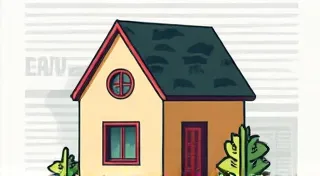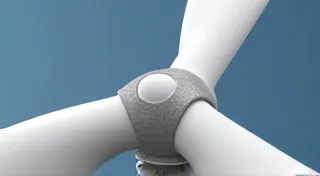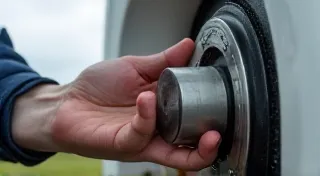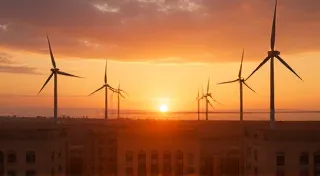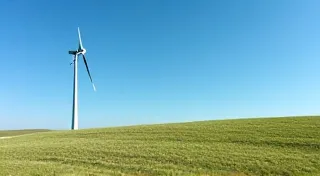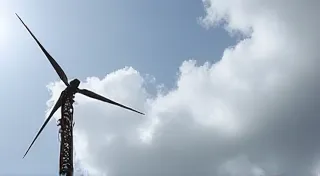Safety First: Wind Turbine Construction and Operation Precautions
Building a small-scale wind turbine is a rewarding project, offering a hands-on introduction to renewable energy. However, it's crucial to prioritize safety throughout the entire process, from initial construction to ongoing operation. This article outlines essential precautions to protect yourself, your property, and those around you. Understanding the complexities of wind turbine design and operation can be daunting, and a solid grasp of basic principles can significantly contribute to a safer and more efficient build. For those considering a DIY approach, it's worth investigating options like DIY wind turbine kits compared to building entirely from scratch, as kits often incorporate safety features and pre-engineered components.
Construction Safety: Tools & Materials
Before you even begin assembly, assess your workspace and ensure it's clear of obstructions and hazards. Proper personal protective equipment (PPE) is non-negotiable. This includes:
- Safety Glasses/Goggles: Protect your eyes from flying debris and potential chemical splashes.
- Work Gloves: Provide grip and protect your hands from cuts and abrasions.
- Hearing Protection: Power tools can be loud; prolonged exposure can damage your hearing.
- Sturdy Footwear: Closed-toe shoes are essential to protect your feet.
When working with tools:
- Always read and understand the manufacturer's instructions for each tool.
- Ensure tools are in good working condition before use. Inspect cables, blades, and other moving parts.
- Disconnect power tools when not in use or when changing blades/accessories.
- Use appropriate clamps and supports to secure workpieces.
- Be mindful of sharp edges and moving parts.
Material handling also requires caution. Wind turbine components can be heavy and awkward to manage. Seek assistance when lifting or maneuvering large items. Securely store materials to prevent them from falling or causing injury. Choosing the right materials is also important, considering their strength and weight to minimize strain during construction and operation.

Tower Installation & Working at Heights
The tower is arguably the most critical and potentially dangerous aspect of wind turbine construction. Never underestimate the risks associated with working at height. Improper tower design or installation can lead to catastrophic failure. A poorly constructed tower won’t just be unsafe; it can also significantly reduce the overall efficiency of the turbine. Ensuring the tower is structurally sound and capable of withstanding wind loads is paramount, and adhering to established engineering principles is absolutely essential. Beyond structural integrity, consider factors like tower height and placement to optimize energy capture while maintaining safety.
- Thorough Site Assessment: Evaluate the ground stability and surrounding environment. Avoid areas with overhead power lines or obstructions that could interfere with the turbine's operation.
- Proper Tower Design: Ensure the tower is structurally sound and capable of withstanding wind loads. Follow established engineering principles.
- Safe Lifting Practices: Use appropriate lifting equipment (e.g., cranes, winches) and follow safe operating procedures. Never overload lifting equipment.
- Fall Protection: When working at height, use a safety harness and secure yourself to a stable anchor point. A spotter is crucial.
- Weather Conditions: Do not attempt tower installation in high winds or inclement weather.
Even for lower towers, a sturdy ladder or scaffolding is crucial for safe access. Ensure the ladder is properly secured and that the ground beneath is level and stable. Regular inspections of these access points are just as important as the tower itself, to ensure continued safety. Extending the lifespan of your wind turbine system is partly achieved through proper maintenance - for those unfamiliar with the process, looking into a guide to wind turbine maintenance can be a useful start.
Operational Safety: Ongoing Precautions
Safety doesn't end with construction. Regular maintenance and operational precautions are essential. Consistent monitoring of the turbine’s performance and structural integrity will drastically reduce the risk of accidents. Understanding the underlying principles of wind turbine operation, including aerodynamics and energy conversion, can further enhance your ability to identify and address potential issues proactively.
- Turbine Braking System: A reliable braking system is vital to stop the turbine in high winds or during maintenance. Test the braking system regularly.
- Blade Inspection: Inspect the blades regularly for cracks, chips, or other damage. Replace damaged blades immediately.
- Tower Stability Monitoring: Periodically inspect the tower for signs of corrosion, fatigue, or instability.
- Power Line Awareness: Maintain a safe distance from power lines. Be aware of the turbine's rotor sweep area.
- Emergency Shutdown Procedure: Develop and practice an emergency shutdown procedure in case of unexpected events.
- Public Awareness: If the turbine is visible from public areas, consider installing warning signs to alert people to its presence.
The efficiency of a wind turbine isn’t solely dependent on its mechanical components; it's also closely linked to how effectively it captures and converts wind energy. A good understanding of wind turbine aerodynamics and the principles of blade design can lead to improved performance and a more efficient system.
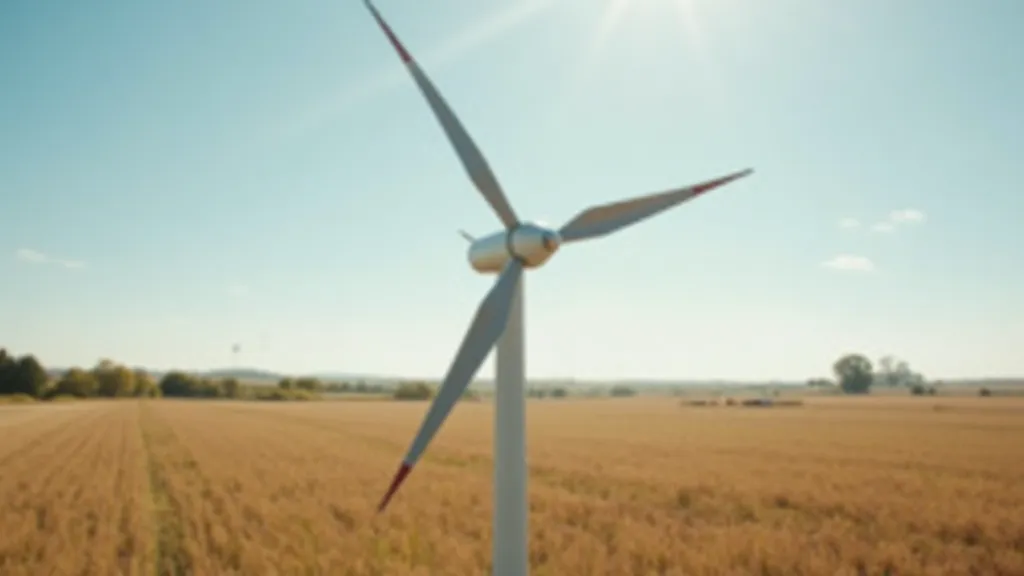
Electrical Safety
Wind turbines generate electricity, so electrical safety is paramount. Improper electrical connections or ground faults can lead to serious injury or even fire.
- Qualified Electrician: Hire a qualified electrician to handle all electrical wiring and connections.
- Proper Grounding: Ensure the turbine and tower are properly grounded to prevent electrical shock hazards.
- Disconnect Power: Always disconnect power to the turbine before performing maintenance or repairs.
- Voltage Awareness: Be aware of the voltage being generated and take appropriate precautions.
- Overvoltage Protection: Consider installing surge protection devices to protect against voltage spikes.
Proper electrical grounding is an absolute necessity, and regular inspections of electrical components can help identify and address potential hazards before they escalate. The choice of battery storage also plays a crucial role in the overall safety and efficiency of your wind turbine system.
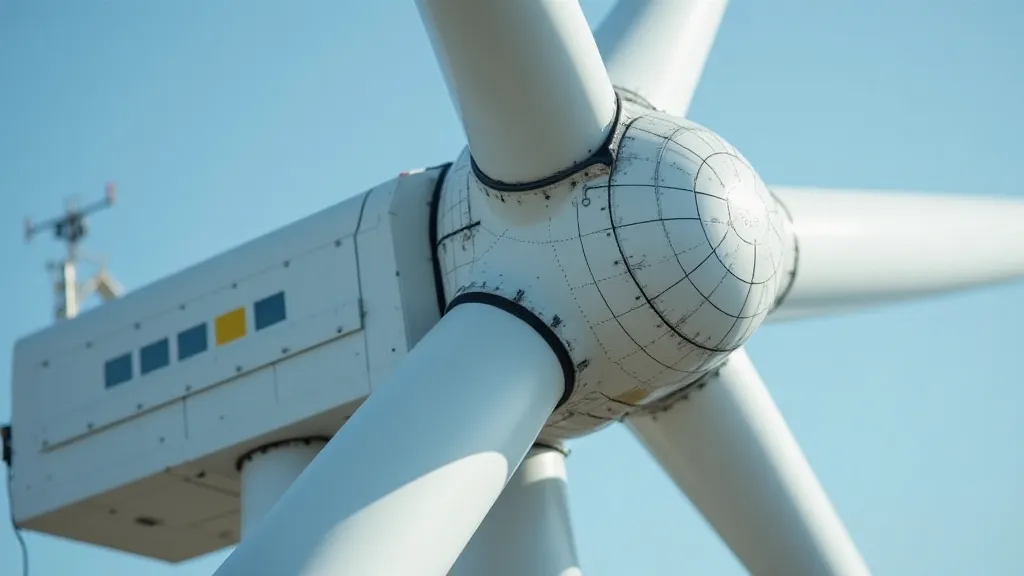
Disclaimer: This article provides general safety guidelines. It is not a substitute for professional advice. Always consult with qualified professionals for specific guidance related to your wind turbine project. Follow all local regulations and building codes.
